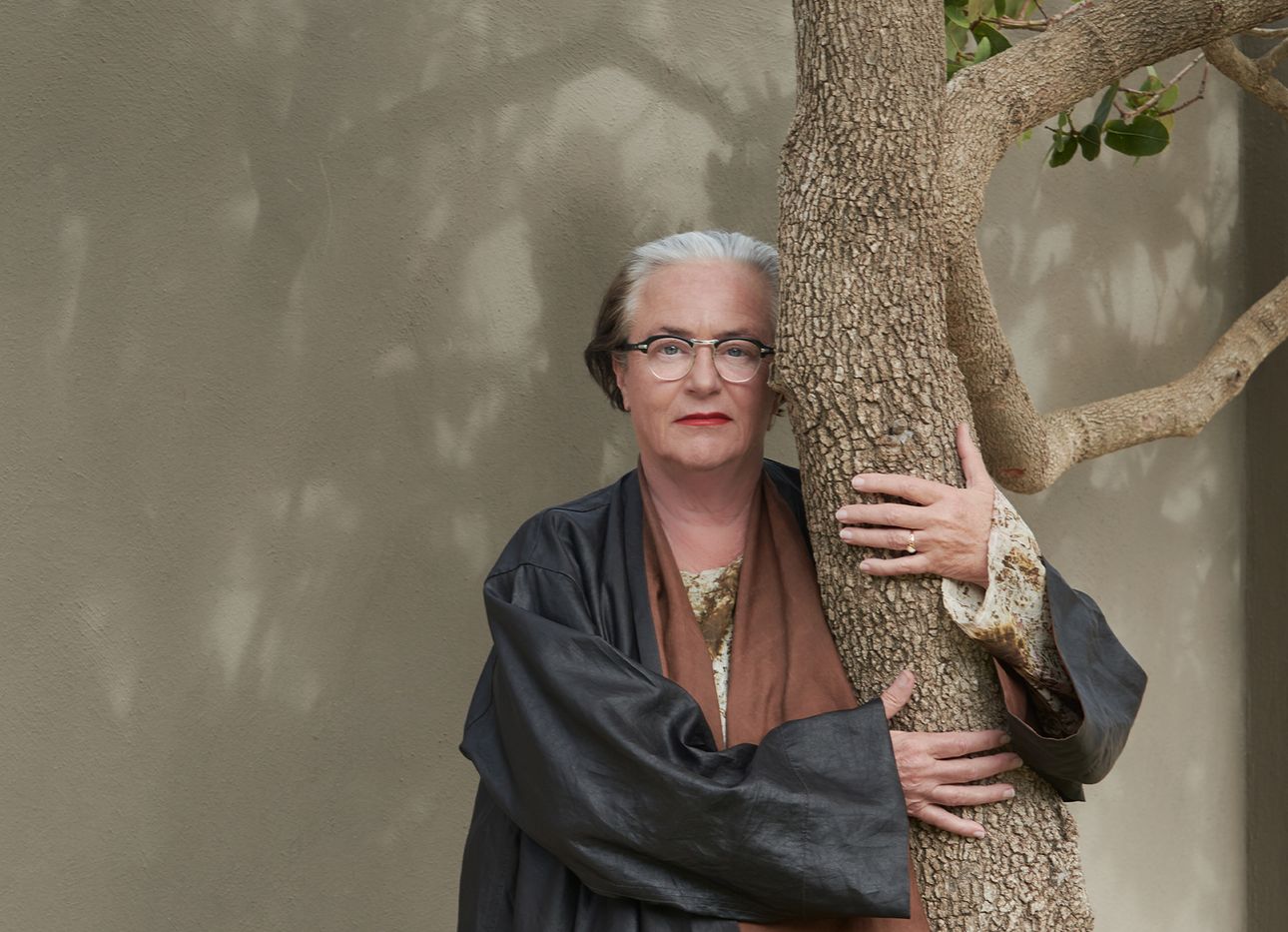
Lidewij Edelkoort Starts Up a New Master’s Program in Sustainable Textile Production
As one of the world’s foremost trend forecasters, Lidewij Edelkoort has advised companies ranging from Coca-Cola to Lacoste on everything from how to communicate with emerging youth archetypes to how to expand into new fields of interest outside of fashion. But perhaps her most well-known effort is her production of trend books—under her Paris-based company, Trend Union—that forecast market movements two or more years in advance. In the textile industry, her research has been used by fashion houses such as Armani and Prada.
Applying her decades of knowledge in the textile industry, Edelkoort has joined forces with renowned fashion school Polimoda in Florence, to create a master’s program in textiles called “Farm to Fabric to Fashion.” Starting up this fall, the two-year program aims to connect students back to the roots of garment production. Exposing participants to the entire lifecycle of a piece’s creation—from farm to label, from seed to button—the program includes a forward-thinking, first-of-its-kind curriculum exploring issues such as the need for practices like regenerative farming, humane animal treatment, and the development of sustainable materials.
Both Edelkoort and Polimoda hope to equip future fashion professionals, whether designers or textile makers, with the knowledge to create a more sustainable fashion industry for the future. We recently spoke to Edelkoort about her aims for the program and her hopes for its ripple effects on the fashion industry at large.
Why is a program like “Farm to Fabric to Fashion” essential right now?
Fashion is in dire need of radical thinking. We hope to disrupt old systems and lay the foundations for new ones. Our definition of innovation in fashion is perhaps a more sustainable idea: producing less, and closer to home, all at a slower pace. It sounds so simple, but actually, it’s completely radical.
How can a program like this create an impact on the fashion industry as a whole?
The program is an important example of how we can do things radically different in the fashion industry, both now and in the future, by putting textiles and creativity first again. Graduates will go into the workplace to encourage existing companies to make changes or perhaps start their own micro mills, design studios, and cottage industries. While our program is small and its ripple effects will no doubt seem quiet at first, I hope the course inspires both professionals and the public to pay more attention to the importance of farming, textile innovation, and conscious consumption.
In what ways do you believe the program will help create a more sustainable, equitable, and fair society?
The program has an almost animistic approach that will gradually transform people into collectors and collaborators instead of consumers. We believe they will consider goods as good, foods as festive, items as innate, and craft as culture. Each expression, even as small as a button, will be considered and appreciated, cherished and coveted. Each shirt, as humble as a handkerchief, will be elevated and revered, introduced to people’s cupboards of favorite items. Empathic design will be celebrated. We will invite our graduates to process the precious and the unique as they intuitively understand and practice their journey from farm to fabric to fashion.
What do you think students will take away from learning the origins of fashion, from growing crops to grooming animals?
To understand textiles, you must travel to the source, whether it’s to the steppes of Tibet, the indigo fields of Japan, the Pampas plains of Argentina, or the tie-dye ateliers of West Africa. In our course, we will visit farms in Italy and the Netherlands to see firsthand how animal and plant fibers begin their life cycle. This comes full circle by the end of the program, when students present their graduation projects. But “Farm to Fabric to Fashion” is not just about the idea of a common circular culture. It is first and foremost about an awareness of life in its compelling essence, giving rights to materials as much as to animals, plants, and humans.
What would be at risk of happening if a program like this didn’t exist in the years ahead?
Fashion design has become a commodity. As the industry stands now, most brands could care less about the fabrics they use, as long as there is material volume to create monetary volume. This results in a limited choice of denim, fleece, jersey, and flannel, with the occasional flower pattern or sequin to make an old design appear new. This is why fashion design is on its way out, suffering from overproduction and lack of creativity. This leads to a market saturated with opportunistic drops and collaborations, which camouflage the utter lack of integrity and initiative—where the sporadic use of a jacquard fabric becomes an overnight TikTok sensation. We have reached the point where we can no longer speak of fashion and have to address merchandise simply as clothes.
The Polimoda program offers an alternative route. Nobody needs as many things as currently being suggested, and people will start to scale down their possessions as ownership is no longer considered cool. Our goal is to teach the students how to inspire others to have less, using better design to overhaul the current dictate of more and mediocre. No sentient being should suffer, and people should benefit from a more equitable society.